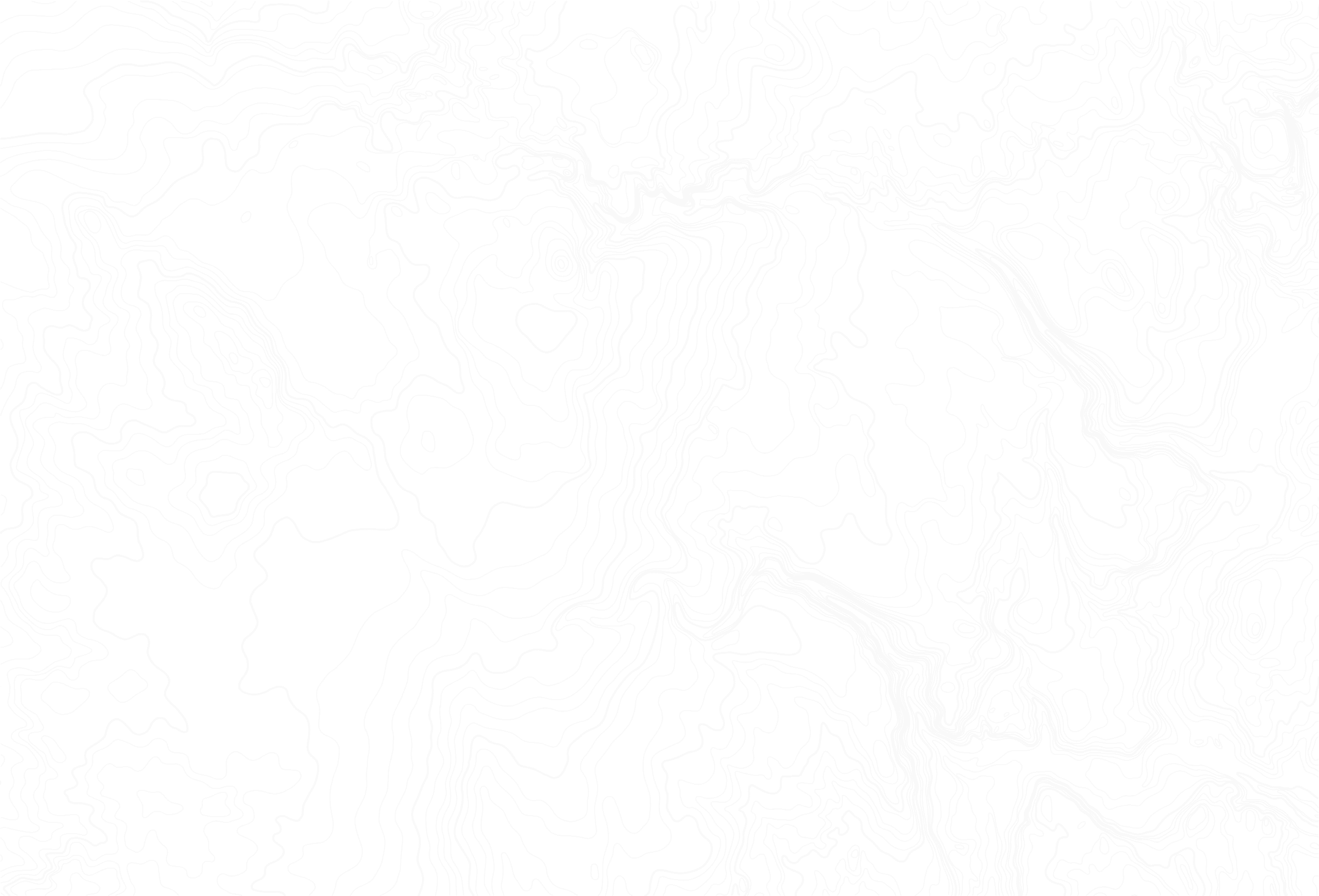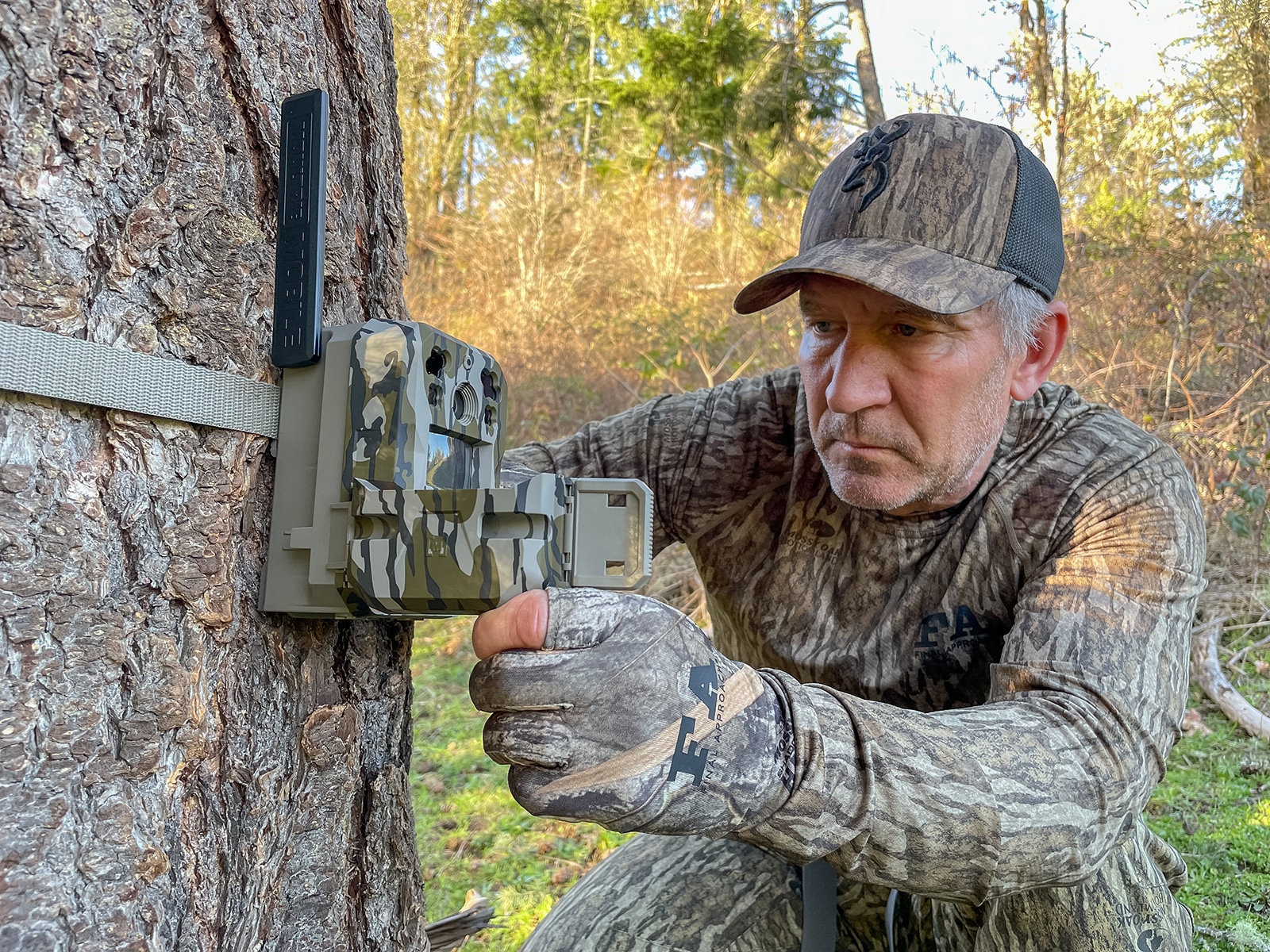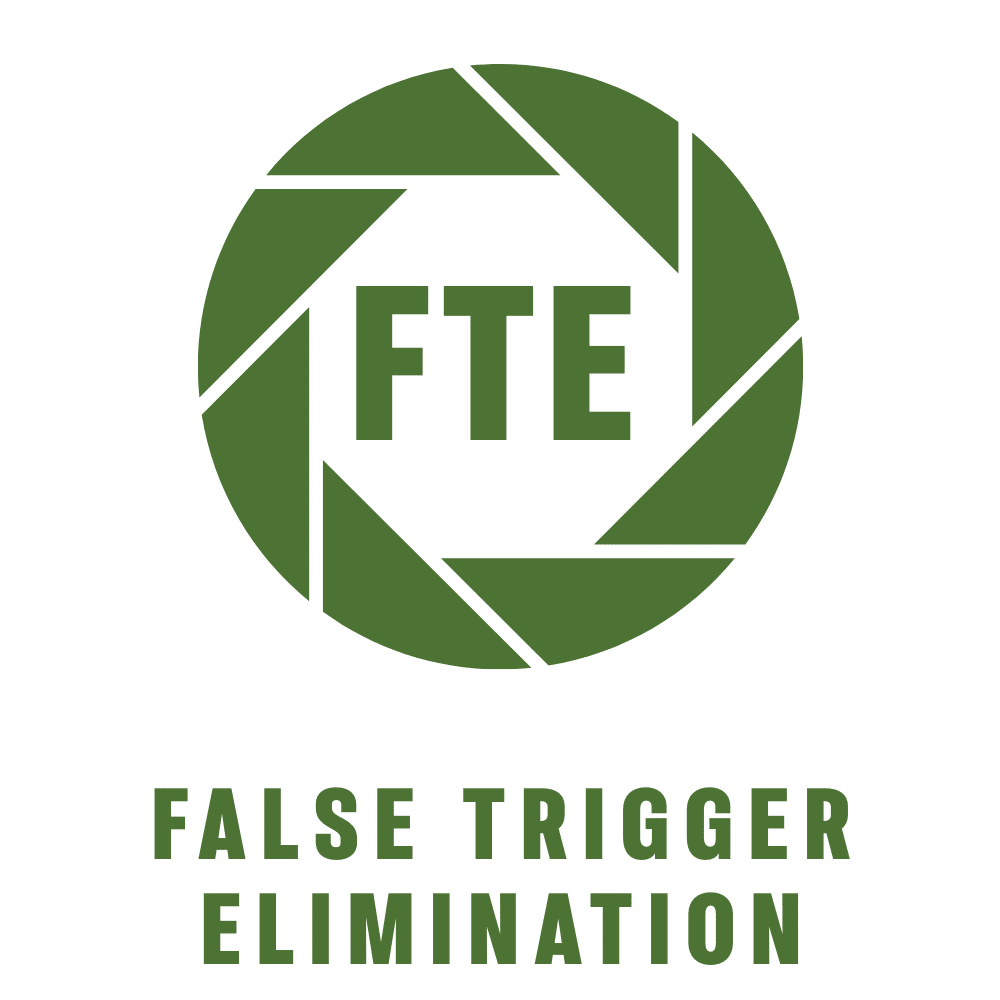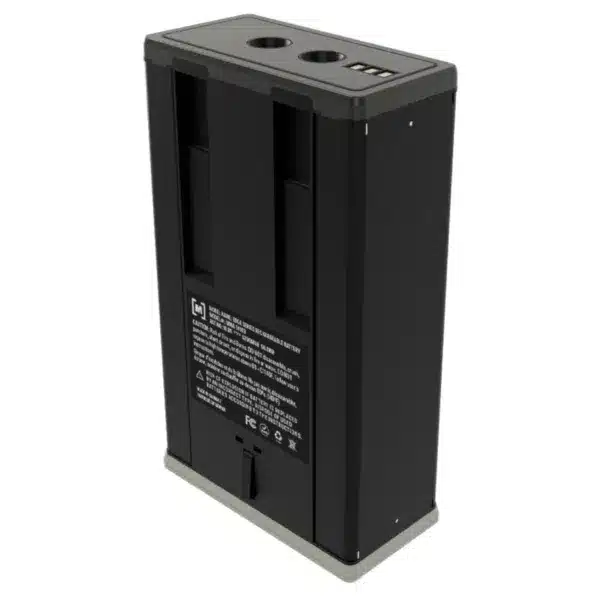Why Hunters Should Use Cellular Trail Cameras
By: Scott Haugen
With my desire to become a better hunter, my use of cellular trail cameras has evolved. When I first started using trail cameras nearly 30 years ago, I set them on bait, hoping to catch a big buck and kill it. That happened once. I’ve used trail cameras on hunts all over the world. The number of big game animals I’ve seen on camera and shot is in the single digits. What I’ve learned from all the years of running trail cameras is where the value lies.
Why Choose Cellular Trail Cameras for Hunting?
I run all my trail cameras on high-definition video mode. A 15-second video clip reveals more than hundreds of photos ever will. Last fall, I had over 50 non-cellular trail cameras out. I needed to make a change. The cost and time commitment to managing so many trail cameras became overwhelming. My gas bill was over $800 a month just for checking trail cameras, not to mention the time required to check them all and scrub through all the video clips.
I tried several cellular trail camera brands before settling on Moultrie Mobile’s EDGE and EDGE PRO. Now, I have more trail cameras than last year, and most are cellular. Not only are the cellular trail cameras saving me time and money, but they’re also providing me with fast and accurate information.
If you are serious about becoming a better hunter, cellular trail cameras will capture sights and sounds you can’t get, even through scouting. They’ll send you clips all day and night. If you’re like me, you’ll hate going to bed and can’t get up early enough to see what’s happening in the woods.

How Cellular Trail Cameras Enhance Hunting
Very rarely do I use bait on any of my cellular trail camera sets. I want to see and hear animals and observe how they move naturally. I want to understand why they do what they do based on natural elements, not the influence of food. Day to day and season to season, I’m eager to learn when they move along different places in the mountains. I want to know predator populations and how they impact big game numbers. I want to see when gray fox and bobcat numbers are high in my turkey hunting areas because they kill a lot of poults. The instant feedback cellular trail cameras provide about predators and how they impact the food chain is very insightful and directly impacts hunting seasons.
With the Moultrie Mobile App, I can track storms, wildfires, and even moon phases and then monitor cellular trail cameras to see how these impact big game, upland bird, and even waterfowl movements. Last season, I had some incredibly good waterfowl hunts, thanks to information relayed on my EDGE trail cameras. The same goes for predator hunts.
Field Reports: Success Stories Using Cellular Trail Cameras
This winter, a disastrous ice storm hammered a large area where I run many trail cameras. It wiped out over 100 square miles of prime deer and elk habitat in places I’ve hunted for over 45 years. Now, I have to re-learn the area because the animals have moved. Hillsides were demolished, river bottoms flattened, and landslides changed the landscape forever.
I began setting up multiple trail cameras along a single trail with the hopes of capturing animals as they moved along it. Thus far, I’ve caught elk herds traveling the same three-mile-long trail for years. Deer use the trail year-round, and when the rut comes, new bucks show up. One November, I got a big buck on a trail camera in the morning, caught it on another camera five miles away a couple of hours later, and it was back on the first camera that afternoon. It was active all day long, covering a lot more ground than I ever imagined it would.

I like saturating horizontal ridges, draws, and river bottoms with multiple trail cameras to capture the same animals moving along them. Seeing when they’re moving and understanding why tells a complete story and is an education in itself.
I’ve caught deer and elk being pushed by predators, dogs, trespassers, and poachers. I have video footage of people walking on public trails, and minutes behind them, there is a cougar. The true number of coyotes, cougars, and other predators in the woods is mind-blowing, and cellular trail cameras will reveal all the details.
If you’re looking to improve your hunting game—whether for big game, birds, or predators–run trail cameras all year. Doing so will teach you about predator-prey relationships, winter survival rates, the survival of baby animals, and much more.
Want to pinpoint when the peak of the deer rut is in your area? Catch a newborn fawn taking its first steps. A deer has a gestation period of 200 days. Get footage of a wobbly-legged, wet fawn on a cellular trail camera and count backward 200 days. Doing so has revealed to me that deer breed in one of my favorite hunting areas from mid-October through all of November until about December 3rd. If that information doesn’t influence how you hunt, nothing will.
If you want to set bait and catch an animal on it, then try and shoot it, fine. But taking your understanding of animals and animal behavior to the next level is what will ultimately make you a better hunter. Cellular trail cameras are just the tool to help you learn when and where animals are moving, then look at the bigger picture to understand why. And the more cameras you have out, the more you’ll learn.
Note: Scott Haugen is a full-time freelance author & photographer of 24 years. Follow his adventures on Instagram & Facebook


Featured
From Hunter To Mother Teaser: From traversing Hawaiian cliffs during a bow hunt for feral hogs and sheep to adjusting to her new role as mother, Lindsey Davis shares her life-changing journey.

Featured
Master late-season turkey hunting with cellular camera tips from Scott Haugen and Moultrie Mobile.

Featured
This venison lasagna features an easy meat sauce, layered with noodles and cheeses. The sweet Italian sausage complements the lean venison. It’s perfect for feeding a crowd at a potluck or family dinner.



